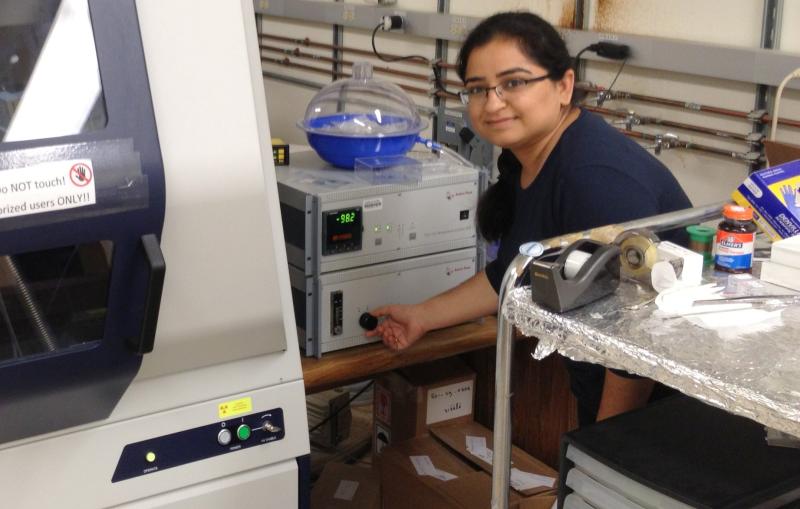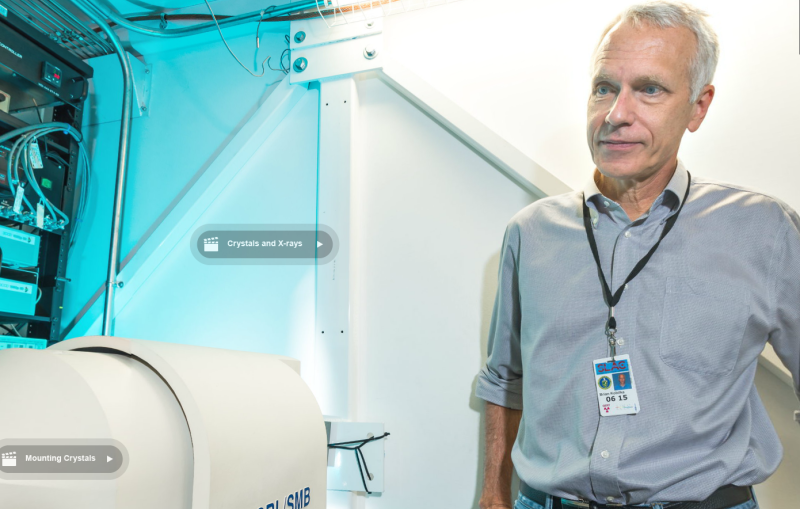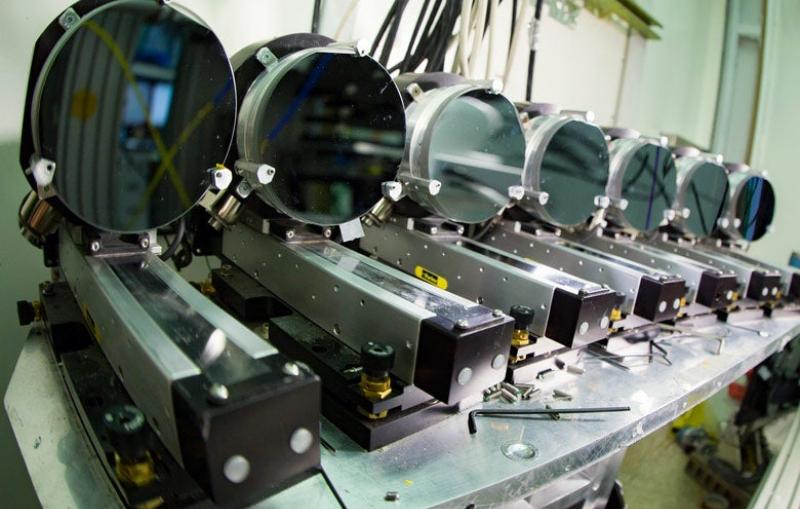

News Feature
VIA Stanford News
Stanford's Global Climate and Energy Project Awards $9.3 Million for Innovative Energy Research

SSRL is a pioneering synchrotron radiation facility known for outstanding science, technological innovation and user support. It provides extremely bright X-rays that scientists use for a wide range of research that probes matter on the scales of atoms and molecules.


